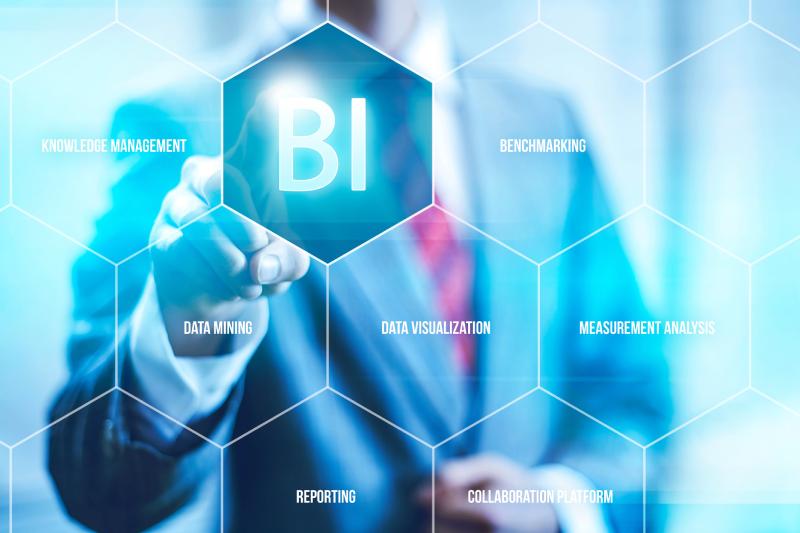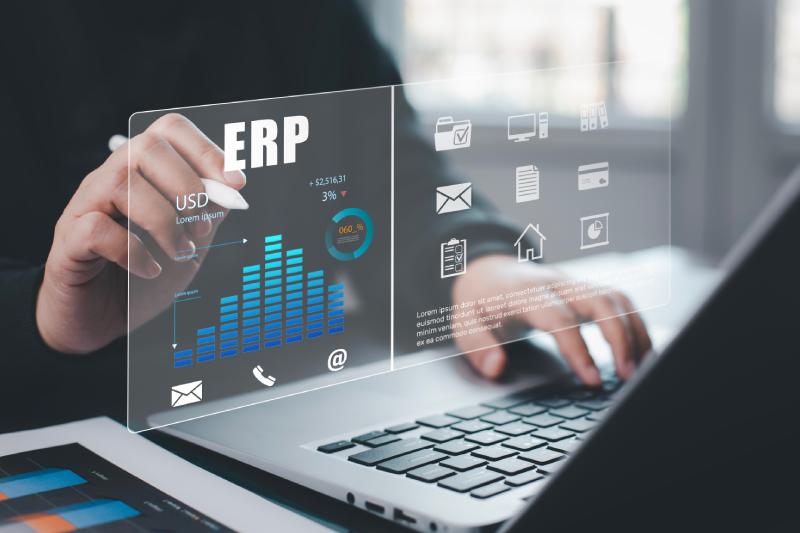
Before diving into finding the most suitable integrated B2B eCommerce solutions for your business, let’s unpack B2C versus B2B eCommerce.
B2C (business-to-consumer) eCommerce refers to the sale of products or services from a business to an individual consumer. This type of eCommerce is typically conducted through a retail website or online marketplace.
B2B (business-to-business) eCommerce refers to the sale of products or services from one business to another. This type of eCommerce is typically conducted through a business’s website or additional platforms like mobile applications.
Why is B2B Commerce more Complex than B2C Commerce?
There are several factors that make B2B more complex than B2C eCommerce:
- B2B eCommerce is focused on selling to other businesses, while B2C eCommerce relates to selling to individual consumers.
- B2B transactions often involve larger quantities and higher price points, requiring negotiation and consideration of contracts and terms.
- B2B sales cycles are generally longer and more complex than B2C because they often involve multiple decision-makers and require more extensive negotiations.
- B2B transactions involve more flexible payment terms, such as payment on a credit or deferred payment, compared to B2C transactions, which are often paid for in full at the time of purchase.
- B2B marketing and sales strategies are focused on building long-term relationships and demonstrating the value of the products or services being offered.
Selling to Businesses Versus Selling to People
B2B commerce is more complex than B2C commerce because it involves multiple stakeholders and decision-makers within the purchasing process. This can include different departments within a business, such as purchasing, finance, and operations, all of which may have different priorities, responsibilities, and needs yet still need to work together and consult each other on specific matters before a purchase can be made. B2B eCommerce platforms need to have capabilities to handle this interdepartmental collaboration in a way that minimizes bottlenecks and completes the purchasing process with speed, transparency, and efficiency. B2C consumers, on the other hand, only need to consider themselves before making a purchase, so the software capabilities do not need to be as comprehensive.
With B2B selling, a high level of trust and cooperation between the two businesses (yours and the buyer’s) is required, as well as the ability to adapt to changing needs and priorities of your client base.
Tips to Improve your B2B eCommerce Experience and Platform
There are several ways you can improve the B2B eCommerce experience and platform for your customers:
- Make the website easy to navigate so that buyers should be able to find the products and information they need quickly and easily.
- Offer personalized experiences because B2B customers often have specific needs and preferences. Consider offering personalized product recommendations, pricing, and account management options to meet their needs better.
- Provide detailed product information and specifications to help B2B clients often make more complex purchasing decisions than consumer customers.
- Offer bulk ordering options for a streamlined checkout process.
- Enhance the mobile experience as more and more B2B users are using mobile devices to make purchases.
- Implement customer accounts to allow B2B customers to easily place repeat orders, view order history, and access account-specific pricing and discounts.
- Offer multiple payment options that suit your B2B customers’ preferences.
- Provide excellent customer service: B2B users may have questions or need assistance with their orders, so it’s important to have a team of knowledgeable and helpful customer service representatives available to assist them.
What’s Next for B2B eCommerce?
Here are some trends and developments that are likely to shape the future of B2B eCommerce:
- Investing in advanced technology such as artificial intelligence, machine learning, and big data analytics to enhance customer experiences, streamline operations, and improve decision-making.
- Using customer data and machine learning algorithms to offer personalized product recommendations, tailored communication, and customized pricing to their business customers.
- Adopting an omnichannel approach, where they offer a seamless shopping experience across multiple channels such as online, mobile, and in-store.
- Shifting to subscription-based models, where customers pay a regular fee to access products or services rather than making one-time purchases.
- Optimizing for mobile devices as more businesses embrace the convenience and efficiency of mobile commerce.
- Prioritize sustainability in their operations and product offerings.
Considering that the future of B2B eCommerce is likely to be shaped by technology, personalization, and a focus on customer experience and sustainability, platform implementation is key to your success. At Terracor, our expert team has the expertise to help you with your B2B e-commerce implementation and integration.
Contact us for more information based on this knowledge of B2C versus B2B eCommerce




